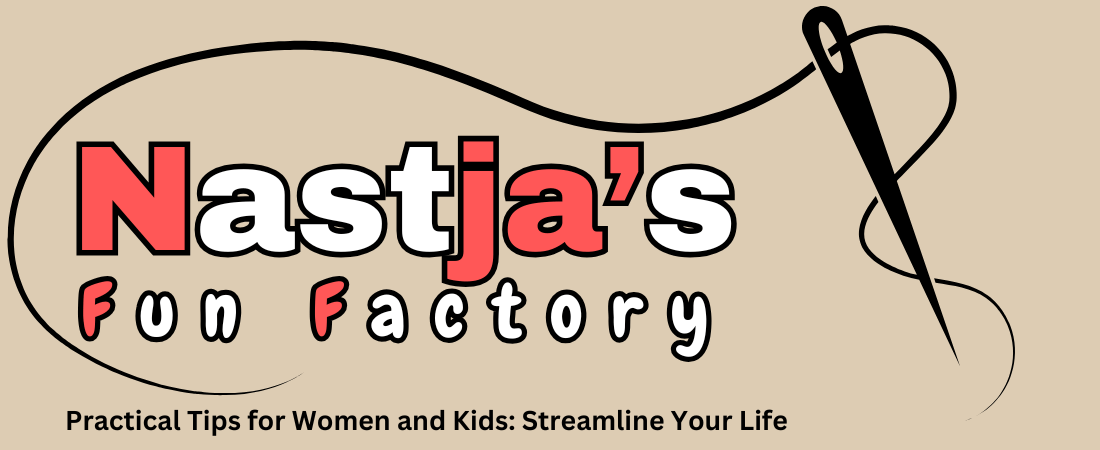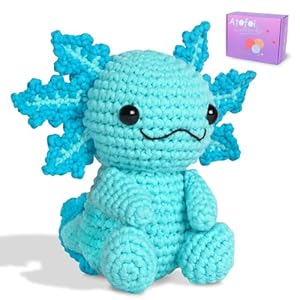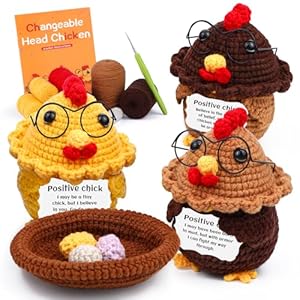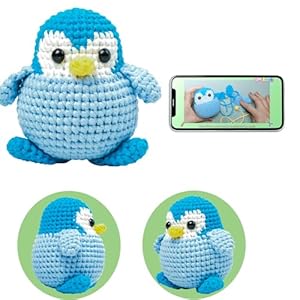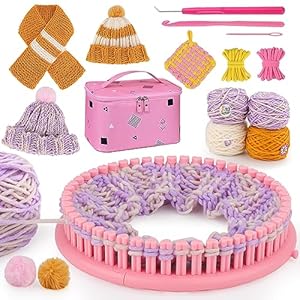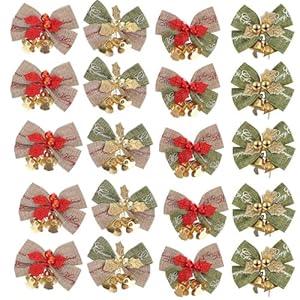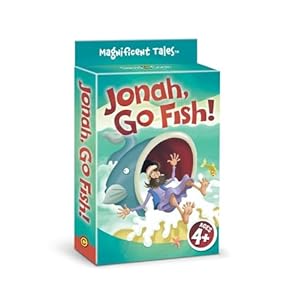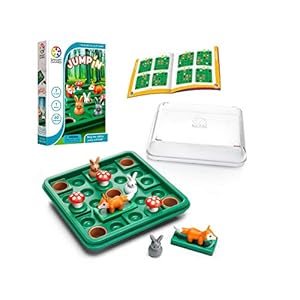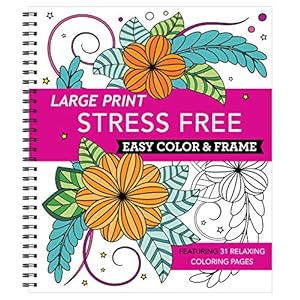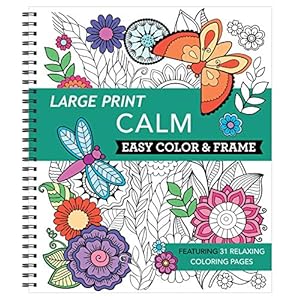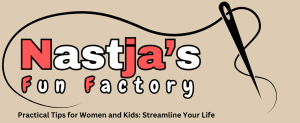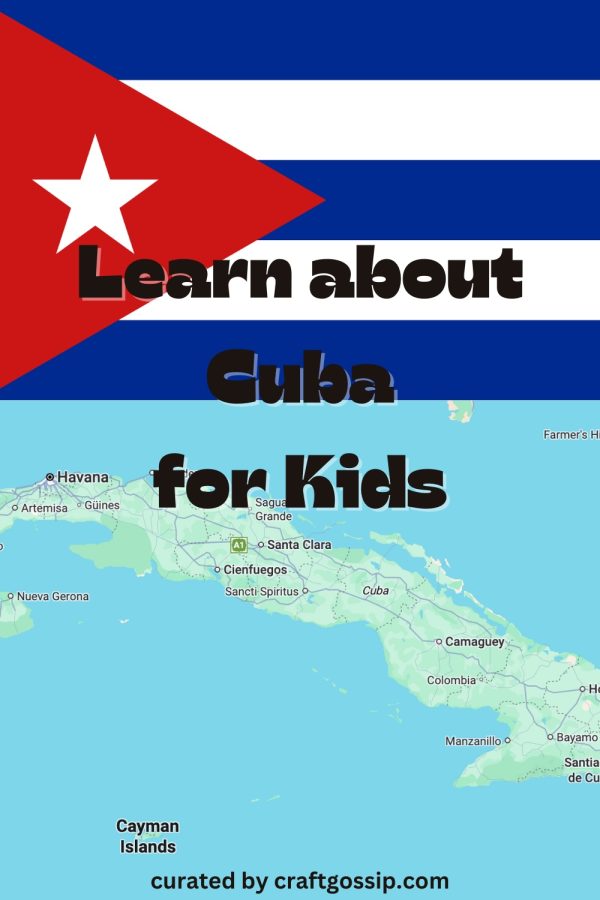
 Cuba is a island nation in the Caribbean that I feel like we generally think of as being one island, but there are actually more than 4,000 islands, islets and cays that are part of the country. Let’s learn more about Cuba!
Cuba is a island nation in the Caribbean that I feel like we generally think of as being one island, but there are actually more than 4,000 islands, islets and cays that are part of the country. Let’s learn more about Cuba!
Cuba Basics
The total land area of Cuba is 42,800 square miles, or 110,860 square kilometers. It has a population around 10 million people, making it the third most populous country in the Caribbean.
The largest city and the nation’s capital is Havana. The main island is known as Cuba and the second largest island is Isla de la Juventud, or Isle of Youth. The national language is Spanish.
It is about 93 miles/150 km from Key West, Florida; 14 miles/22.5 km from Cay Lobos in the Bahamas; and 130.5 miles/210 km from Mexico’s Yucatan Peninsula. Haiti and Jamaica are also close neighbors.
Humans first settled in the area around 6,000 years ago, with the Taino people inhabiting the region about 1,700 years ago. The Spanish colonized Cuba after Christopher Columbus landed there in 1492, and it struggled for independence through the late 1800s. The nation was a republic from 1902-1959, but this time included revolution and a coup. In 1959 forces led by Fidel Castro took over the country and the country has been under communist control ever since.
The country has been under an embargo by the United States since 1960, which largely cut off travel and economic support between the countries. The country’s exports are primarily tobacco, sugar and alcohol, and tourism (mostly from Canada and Europe) is a large contributor to the economy. The minimum monthly wage amounts to about $81 US a month.
Cuban National Symbols
The Cuban flag features three horizontal blue stripes broken up by white stripes, with a red triangle on the left side that has a white five pointed star in the center. The flag was designed in 1849 and officially adopted in 1902. The blue stripes represented the three departments the country was divided into at the time, while white represents purity of the patriots’ cause. The red triangle is for strength and unity.
The Cuban national anthem is known as La Bayamesa or “el Hymno de Bayamo” (The Bayamo Anthem) and was first performed during the Battle of Bayamo in 1868 as the Cubans fought for independence from Spain.
The national flower is the white mariposa, or jasmine butterfly, which was a favored flower of national hero and poet Jose Marti. He used the flower as a symbol of Cuban identity in their struggle for independence.
The royal palm is the national tree, and the national bird is the tocororo or Cuban trogon, which is red, white and blue like the Cuban flag and it’s often said if they are caged they will die.
Mamey sapote is the national fruit. Its orange flesh is said to taste like a sugary sweet potato.
Cuba Activities for Kids
Peanut Butter Fish Lessons has a free Cuban unit study for homeschool, and the page includes a couple of good videos for kids, too. KidsKonnect also has printable fact sheets and worksheets to use at home or in the classroom.
Global Explorers Club has a great looking paid unit study about Cuba, and you can find tons of resources for kids of all ages at Teachers Pay Teachers.
Want to make some Cuba themed crafts? Check out this collection from Artsy Craftsy Mom. Kindergarten Worksheets and Games also has Cuba coloring pages. Kids Activities Blog also has printable fact sheets you can color, and Puzzles to Print has a Cuba word search.
Play a game of dominoes, considered the national game of Cuba, or watch their national sport, baseball!
Danzón is considered the national dance, which you can watch on YouTube and learn more about from the Library of Congress.
Try the national dish, ropa vieja, which literally means old clothes and refers to the tender shreds of meat in the stew. This recipe from A Sassy Spoon is a great one (and the blog is full of Cuban recipes if you want to try something else).
Trending Products
